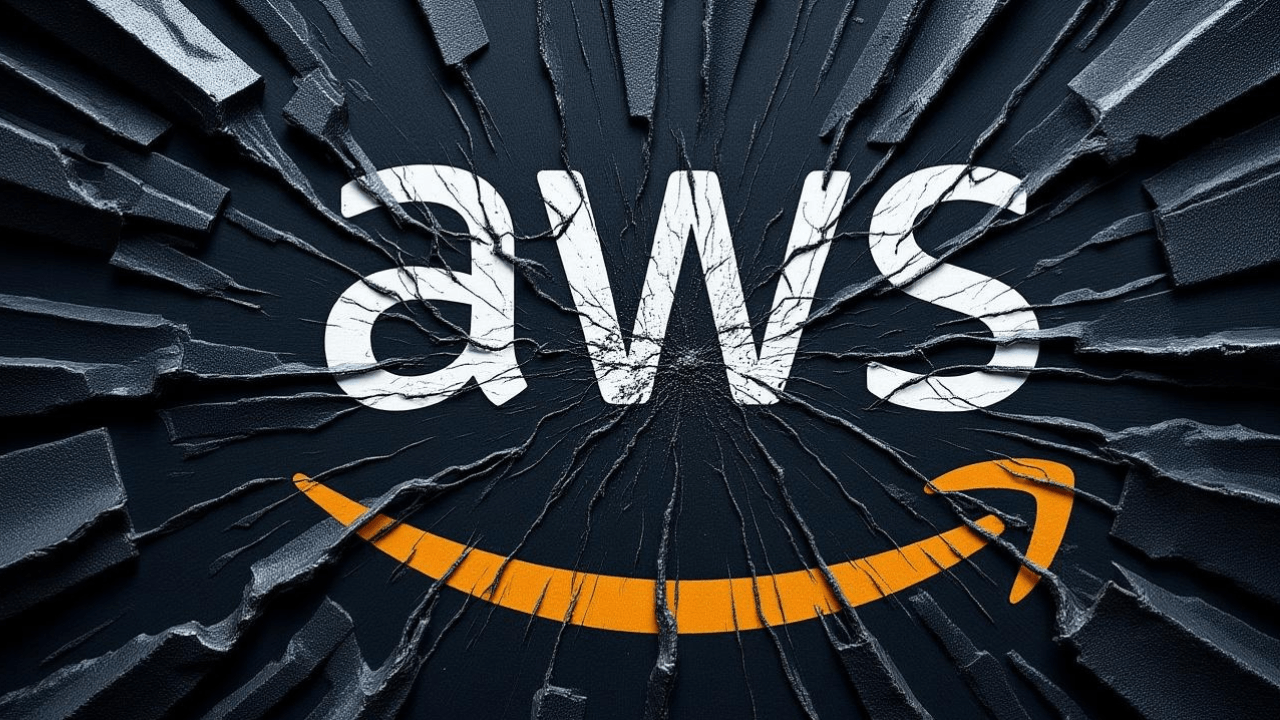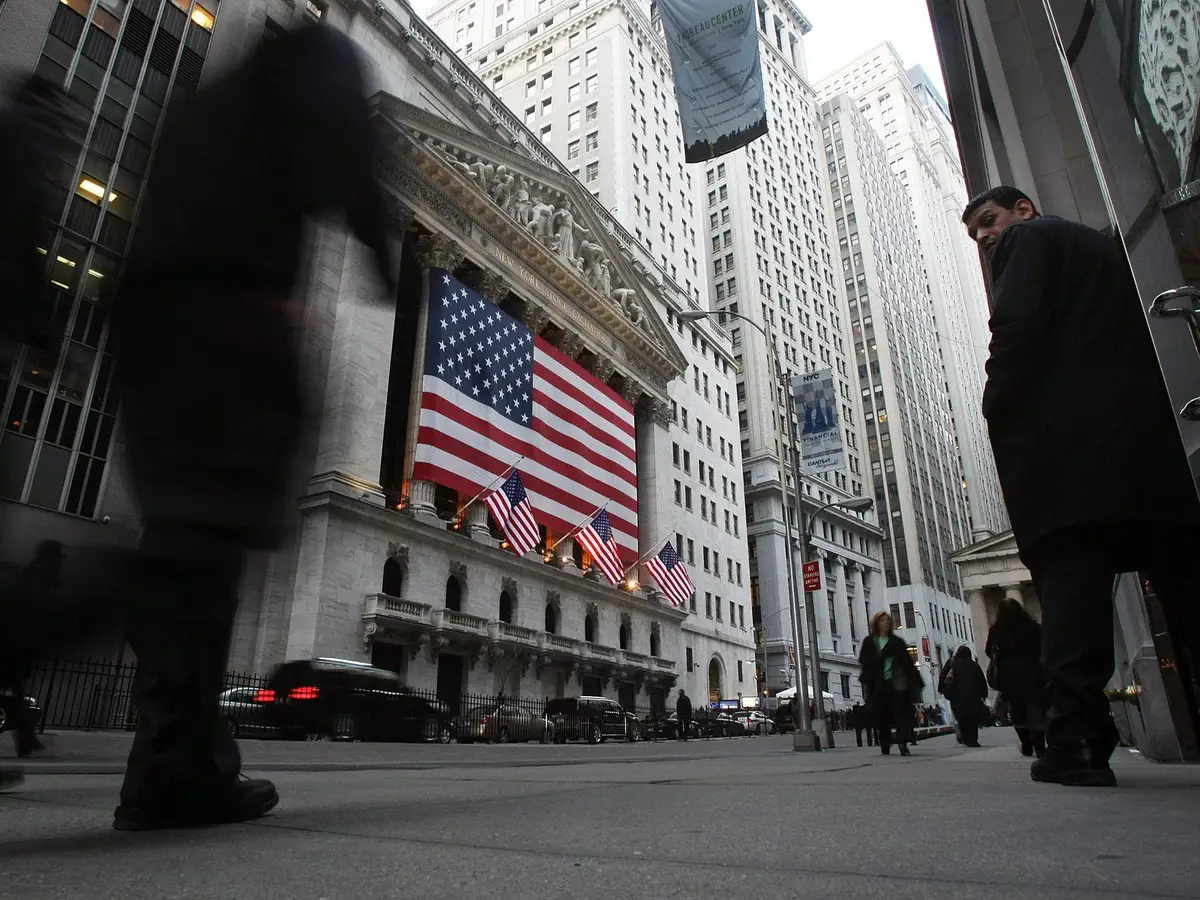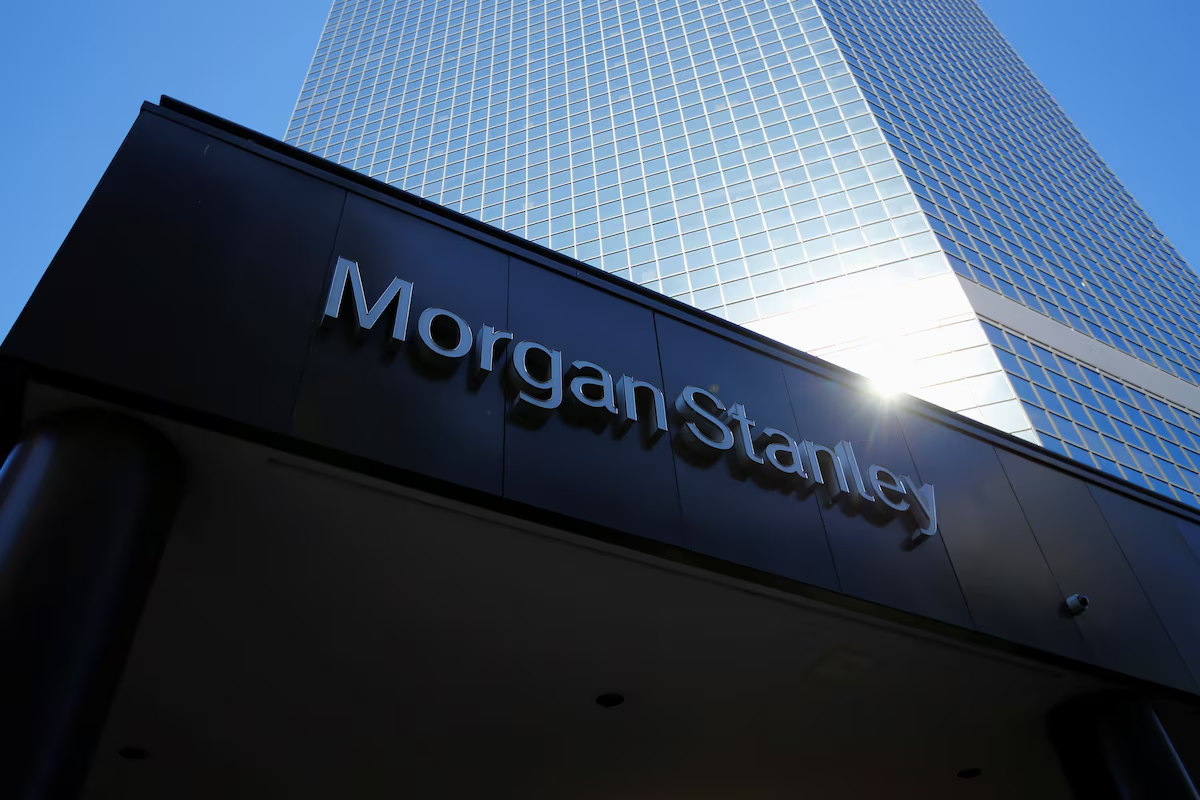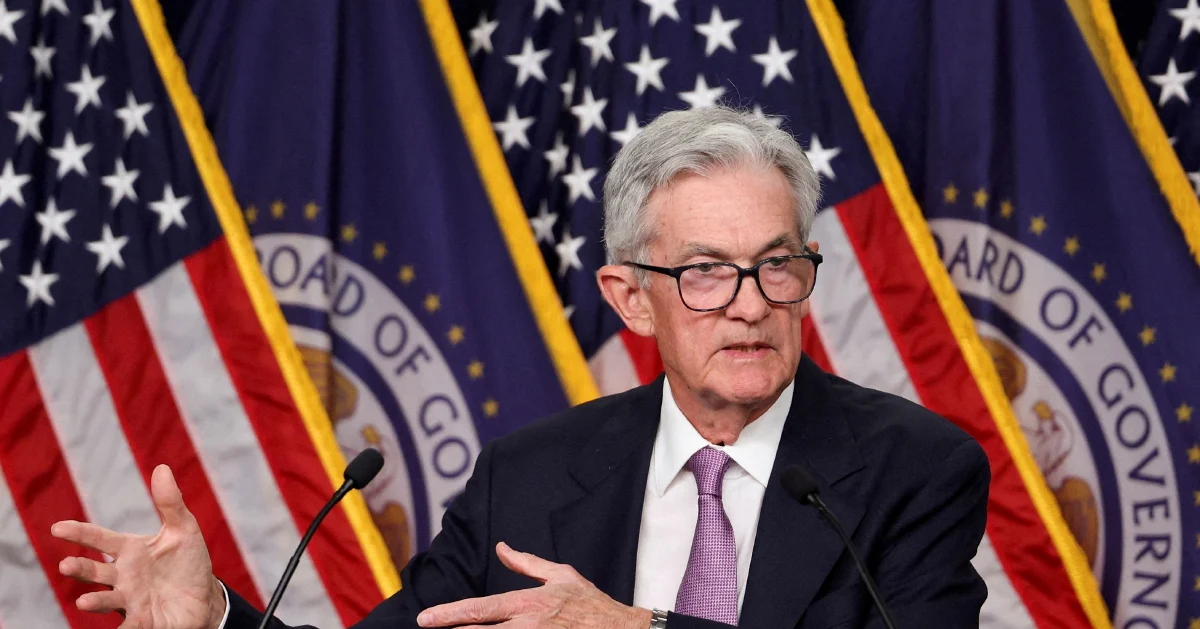A massive outage at Amazon Web Services (AWS) this week sent shockwaves through the global internet, halting countless online services and exposing the uncomfortable truth about how fragile the world’s digital backbone truly is. From major social media platforms and streaming giants to financial systems and smart home devices, the disruption rippled across industries, demonstrating the immense dependency the modern world has on a single cloud infrastructure provider.
A Morning of Silence in the Cloud
The incident began early Monday morning when reports flooded in from users unable to access websites, apps, and online tools. The problem quickly escalated, affecting everything from entertainment and e-commerce to healthcare and logistics. The root cause, according to engineers at Amazon, stemmed from a network configuration failure in one of AWS’s most critical data center regions — the U.S. East Coast hub, known as US-EAST-1.
Within minutes, the outage cascaded across dependent systems, causing widespread disruptions. Websites relying on AWS servers went dark, customer management tools froze, and online payment gateways stalled. What began as a technical glitch soon became a global event, affecting users from North America to Europe and Asia.
As Amazon scrambled to identify and fix the problem, companies large and small faced mounting losses. Even after partial restoration later in the day, residual issues persisted for hours, with many businesses reporting slow recovery and service instability.
The Domino Effect Across Industries
The AWS outage underscored a harsh reality: modern life is deeply intertwined with the cloud.
Social media platforms were among the first to falter. Messaging services lagged or stopped functioning entirely, interrupting communication for millions of users. Content creators and influencers lost hours of revenue and engagement. Streaming platforms also went offline, leaving users unable to access music, videos, and live broadcasts.
E-commerce platforms suffered perhaps the most immediate impact. Shopping carts failed to process orders, warehouses paused shipments, and customer service lines were overwhelmed by complaints. For small retailers who rely on AWS-hosted storefronts, the outage meant lost sales on one of the busiest shopping weeks of the quarter.
Financial institutions were not spared either. Online banking services and payment processors experienced outages that prevented transactions from going through. Some ATMs and mobile payment systems relying on AWS-backed APIs temporarily went offline.
Even smart homes and connected devices — thermostats, door cameras, and voice assistants — went silent. For a few hours, people were reminded of how much of daily life now depends on invisible servers hundreds of miles away.
Counting the Economic Cost
Economists and tech analysts have begun estimating the financial damage caused by the outage, which could reach billions of dollars in lost productivity and transactions. Cloud-reliant businesses, particularly in sectors like finance, logistics, and e-commerce, bore the brunt of the impact.
For startups and small enterprises operating solely in the AWS ecosystem, the consequences were especially severe. Many lacked redundant systems or alternative hosting options, leaving them completely paralyzed during the downtime.
“The financial losses are one part of the story,” said one digital infrastructure analyst. “The real cost is trust. Every time one of these outages happens, confidence in the stability of the cloud takes a hit.”
A Centralized Internet Under Scrutiny
This latest disruption reignited a debate that has been simmering for years: the danger of over-centralization in the digital world. Three companies — Amazon, Microsoft, and Google — dominate the global cloud infrastructure market, collectively hosting the majority of websites, apps, and digital services.
When one of them experiences a technical failure, the consequences are immediate and far-reaching. “It’s like a single utility company controlling all the electricity in a country,” one cybersecurity researcher explained. “If it goes down, everything stops — from homes to hospitals.”
Experts have warned that the concentration of critical internet functions in a few corporate hands makes the web inherently fragile. A localized network issue in one data center can ripple across the planet within minutes, taking down everything from streaming platforms to national government systems.
This vulnerability is particularly troubling given the rising reliance on AI, cloud computing, and remote work tools. As industries digitize, their dependence on centralized infrastructure deepens — and so does their exposure to systemic failure.
Cybersecurity Concerns and Exploitation Risks
While AWS confirmed that the outage was caused by an internal technical error rather than a cyberattack, the disruption nonetheless created a fertile environment for malicious activity.
Cybersecurity firms reported an uptick in phishing attempts and fake outage-related scams during the downtime. Hackers often exploit such situations, sending fraudulent emails that mimic service providers or system alerts, tricking users into disclosing personal information.
The outage also raised questions about how effectively companies monitor network security when systems are offline. During extended downtimes, visibility into ongoing cyber threats can be reduced, giving hackers potential opportunities to strike.
Government and Regulatory Response
Governments around the world are now taking note of the potential national security risks posed by cloud outages. Several cybersecurity and infrastructure agencies in the U.S. and Europe have called for greater oversight of cloud providers, suggesting that companies like Amazon should be classified as “critical infrastructure” — similar to power grids or telecommunications networks.
Such a classification would require cloud companies to meet stricter standards of redundancy, transparency, and accountability. It would also mandate periodic stress testing and public reporting on outage causes and mitigation strategies.
In recent years, regulators have begun exploring these measures, but progress has been slow. The latest outage could accelerate that discussion, especially as more public services — from education systems to healthcare data — migrate to the cloud.
The Push for Resilience
In response to growing scrutiny, technology experts are advocating for greater resilience in cloud architecture. Businesses, they argue, must diversify their infrastructure across multiple providers and regions to prevent total shutdowns during outages.
Hybrid and multi-cloud strategies — where companies distribute workloads between different providers — are increasingly seen as essential. Some firms are even exploring localized data hosting to ensure that critical functions remain operational during global network failures.
AWS, for its part, has promised to review its systems and strengthen safeguards to prevent similar incidents. However, as one industry insider noted, “No system is perfect. Outages will happen again. The key is how we prepare for them.”
Lessons from the Digital Breakdown
The AWS outage of October 2025 serves as both a warning and an opportunity. It reminded the world that the internet, for all its sophistication, is still built on a foundation vulnerable to human error, design flaws, and network fragility.
It also prompted a larger philosophical question: should so much of the world’s data, communication, and commerce be controlled by a handful of corporations?
As society becomes ever more digital, resilience and decentralization may prove to be as important as speed and convenience. Building systems that can withstand disruption will be crucial — not just for business continuity, but for the stability of the global economy itself.
For now, the world is back online. But the outage left an indelible mark — a reminder that in our pursuit of constant connectivity, even a brief silence from the cloud can bring the digital age to a standstill.
















Leave a Reply